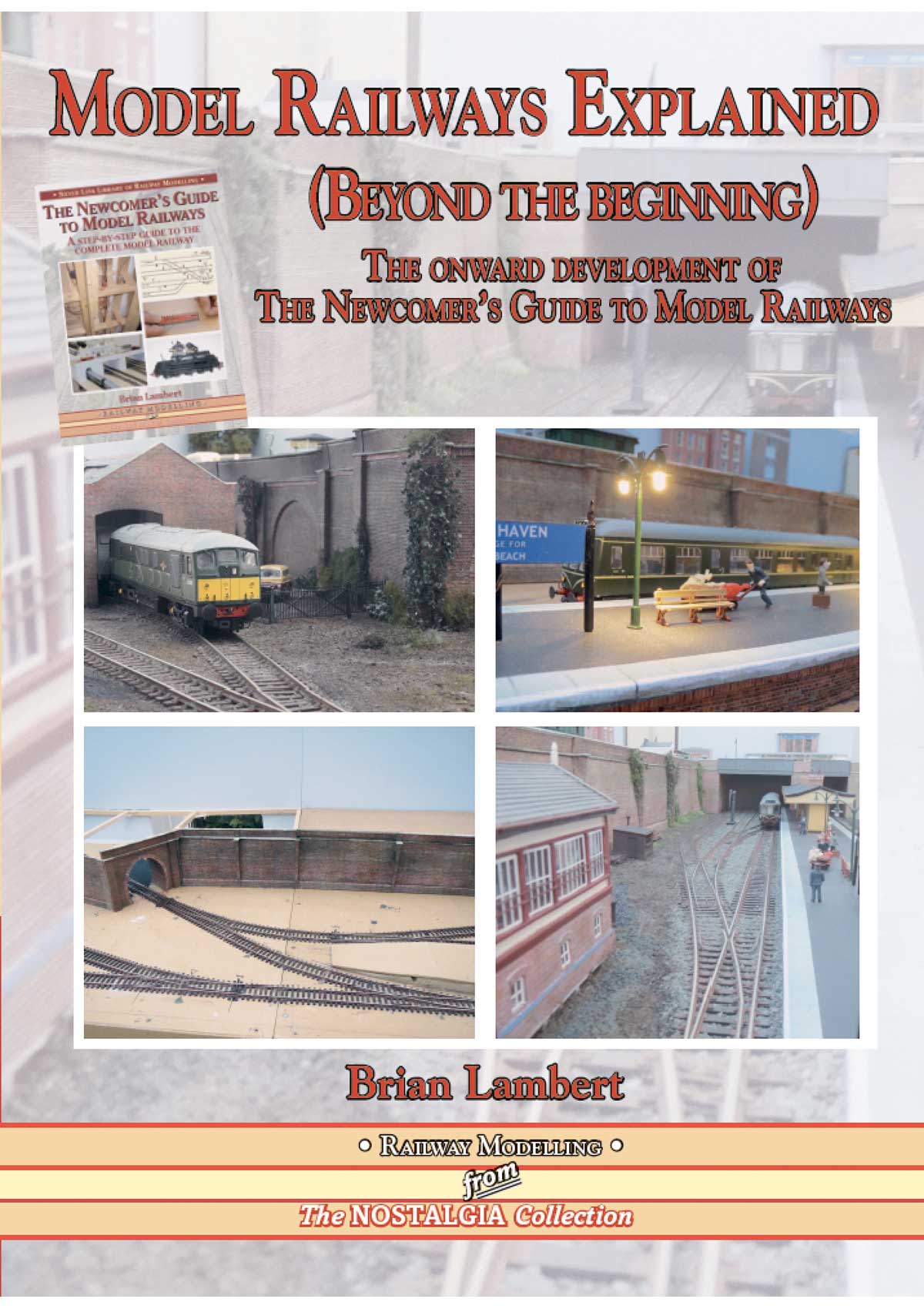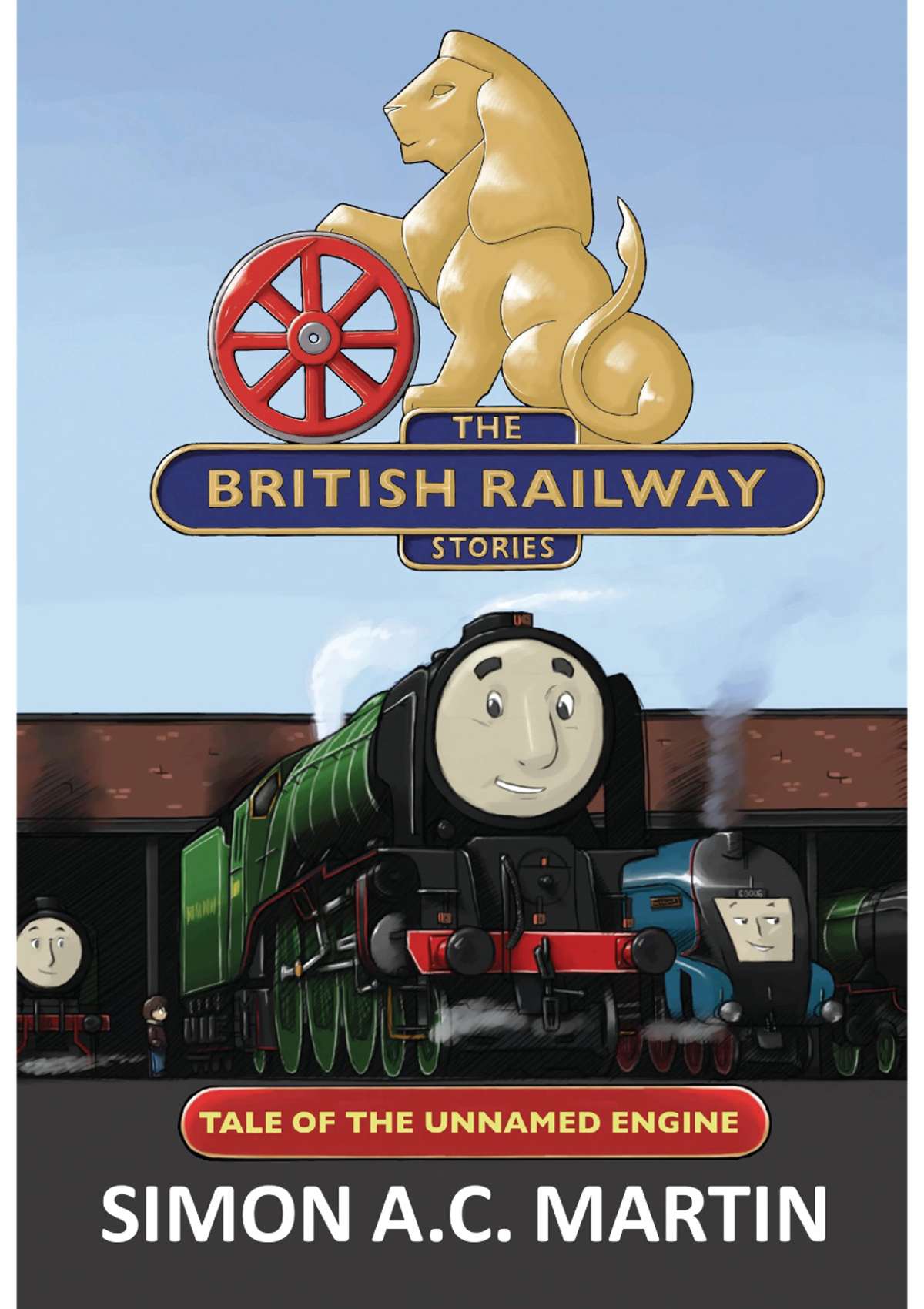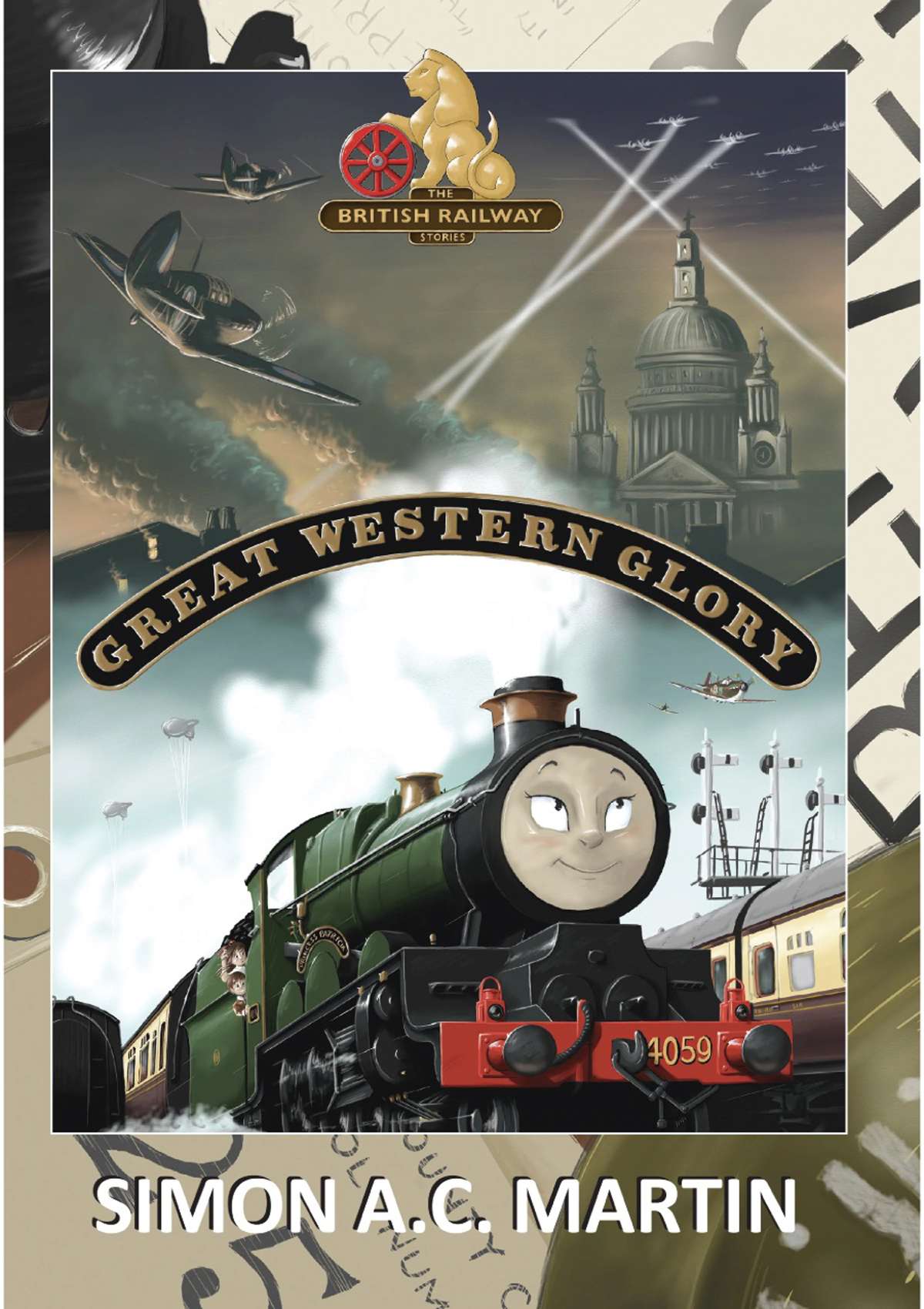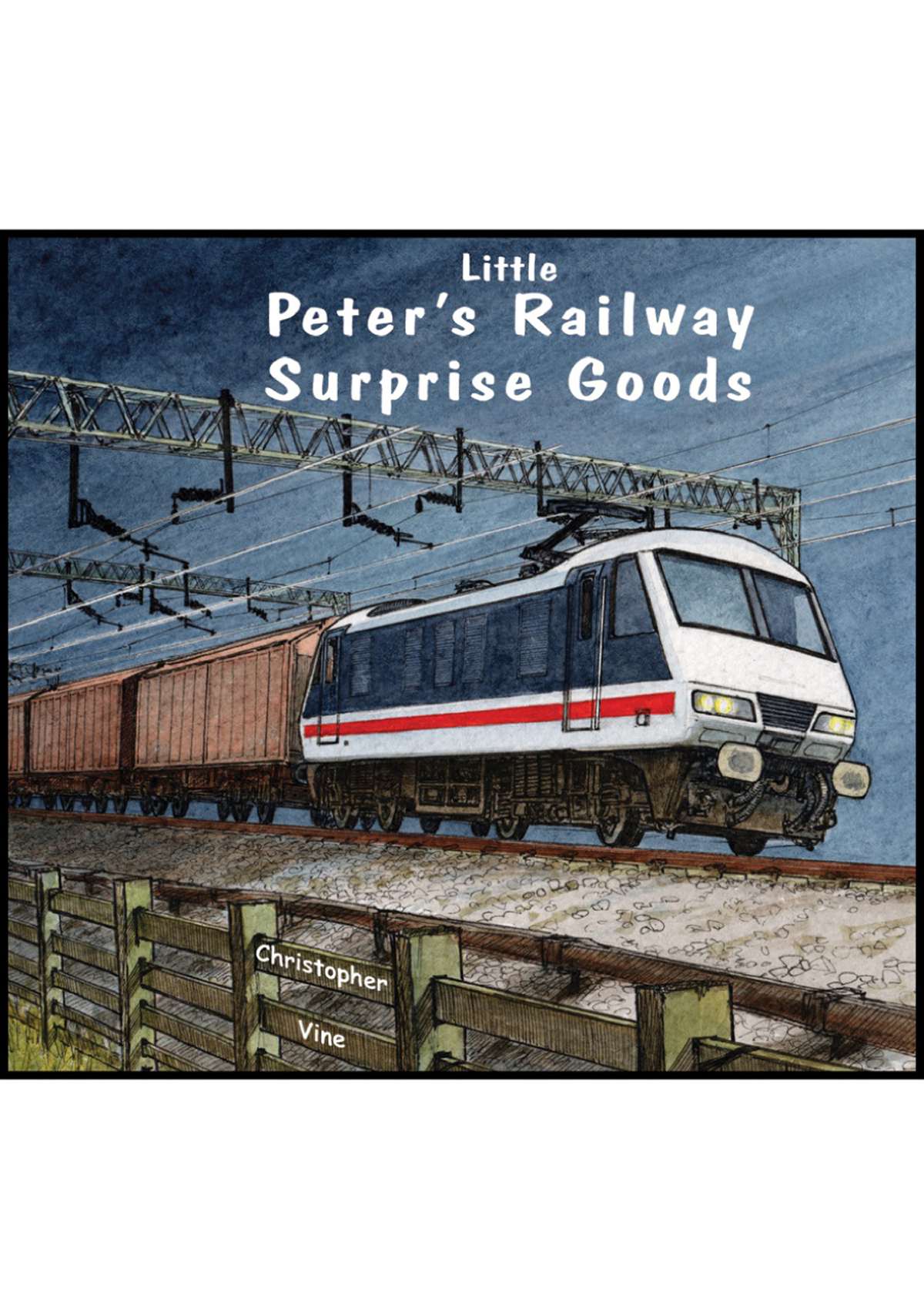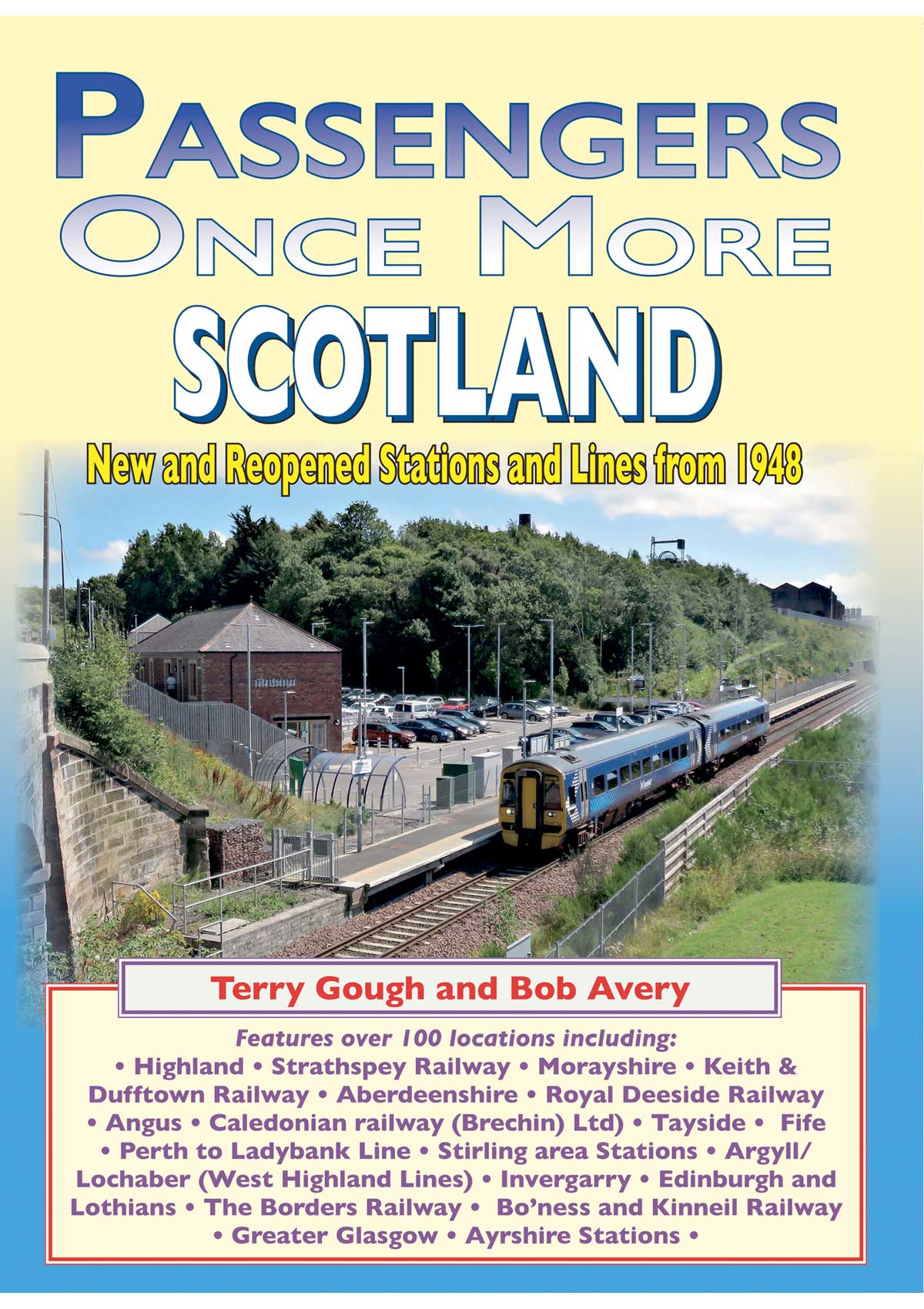Model Railways Explained (Beyond the Beginning) The onward development of The Newcomers Guide to Model Railways
"The author writes: ‘My hobby has been model railways for many years, since I was given a Tri-ang Princess Elizabeth train set for Christmas as an eight-year-old schoolboy. Over the years I have gained much modelling knowledge from practical experience and belonging to model railway clubs, quite apart from the wealth of knowledge gained from working on the ‘real thing’ from a young post-school teenager through to my retirement.
My first published book, The Newcomer’s Guide to Model Railways (ISBN 98-1-85794-329-0) has, I am told, proved to be very popular and has given many readers a great helping hand in their hobby. So it has been deemed necessary that I should produce a second book, which would enhance the first without covering the same ground too much.
While in these pages I write about generic items and often reference the real thing, there are many regional variations, and these cannot be taken into account within the confines of this book. Therefore I would recommend that, before starting any regional or era-based project, you undertake a good deal of research to gain the correct facts. Internet searches, books and perhaps visits to preserved railways or to the national network will usually reveal plenty of detail.
If you are starting out in the hobby or returning to it after several years of absence and have not obtained a copy of The Newcomer’s Guide to Model Railways, I suggest it might be an advantage to obtain one. I hope you enjoy the items you are about to read and hopefully they will help and possibly nudge you into producing a great model railway layout. Remember – think safely, then act.
"Born in Faversham, Kent, I was raised in a two-up, two-down end of terrace house with no bathroom or hot running water and an outside loo, where you didn't hang around longer than need be in the depths of winter!
I was educated at Faversham’s St Mary’s C of E primary and then Faversham County Secondary School, which I left at the ripe age of 15 years. I then ventured into the wide world of employment and worked for a fairly short while for J T Skinners, a company who had in the 1960s several electrical and TV retail shops around south-east Kent. After working in their service department, learning how to repair domestic appliances, I, along with my ‘tutor electrician’, was made redundant! Just before I left school I had originally applied to British Railways (as it was then) for an electrical apprenticeship, but at that time they couldn’t take on any staff. So, now having my domestic servicing career cut short, I reapplied to BR once again. I was offered a position and joined the Signal and Telegraph (S & T) department for a four-year traineeship. Over the many years of working for the railway I have seen British Railways become British Rail and then be finally sold off into the ‘private sector’ under the government’s de-nationalisation of the railways programme. I worked for a number of years as a contractor for the railways with Balfour Beatty. In 2004 the railway’s infrastructure owner Network Rail decided to bring infrastructure maintenance back ‘in house’. So my career once again returned to the railway owner, this time Network Rail. Now and many, many years after joining the railways, I have hung up my railway boots and taken retirement, with all that it offers.
My model railway interests started really way back in the late 1950s, when I was given a Tri-ang 00/H0 Princess Elizabeth train set for Christmas. This progressed from its simple oval of track laid out on the living room floor (yes, fluff and all in the loco’s gears and motor!) to being able to have a train set layout permanently set up in my bedroom. Later, in my early teens, I was able to build a medium-sized layout in a then-unused box room and this lasted for a number of years. Finally, the call of youthful adulthood together with its many attractions beckoned and was taking more and more of my free time. So, the layout was taken apart and most sold off to a neighbour. It wasn’t until the early 1990s that my railway modelling once again took hold and eventually a layout was born.
Having, since those teenage years, moved home several times and had a couple of model railway false starts, I decided it was time to knuckle down and seriously started to build a decent model, so a layout called ‘Ridgley Vale’ was drawn up and became my first attempt at a portable and exhibition quality layout. Later, I tried building another portable exhibition layout, which for whatever reason never really got beyond the track laying stage! A further house move then saw me ‘inherit’ half of an internal double garage, so I had a fixed layout born in the garage – ‘Elmswood & Elmswood Central’. Only this time it is a layout which is destined never to leave home. I then went on to build a portable OO layout called ‘West Haven’. In early 2019/late 2018 work on Elmswood ended and the layout is now being slowly dismantled. My aim is to build another portable layout that can be left erected in the garage for ‘play’ use and taken to exhibitions as invited.
I have been involved in local model railway clubs as both a member and as two club chairman. I have built exhibition layouts and helped run and still do run model railway exhibitions. I run my own dedicated model railway website – www.brian-lambert.co.uk and I am the owner of an online model railway forum – www.modelrailwayforum.co.uk where many forum members discuss and show their layouts and skills.
My story into railway modelling continues, now with this second book to help the modeller with the many challenges they can face. My first book The Newcomer’s Guide To Model Railways was aimed at the novice who was about to set out in the hobby or had just started; the second book is aimed at those who have already taken the plunge and begun construction and it will offer further guidance to the modeller.

